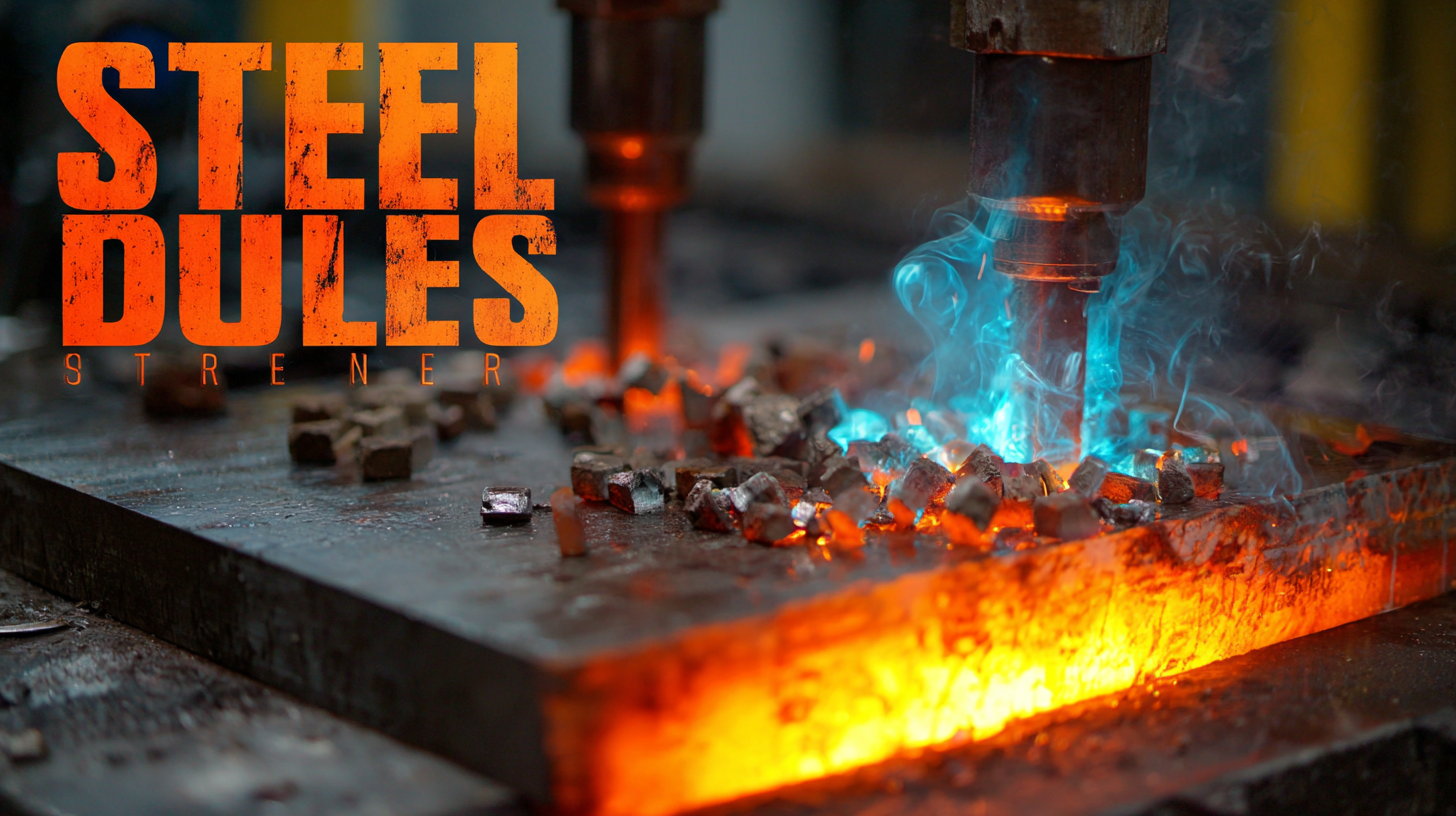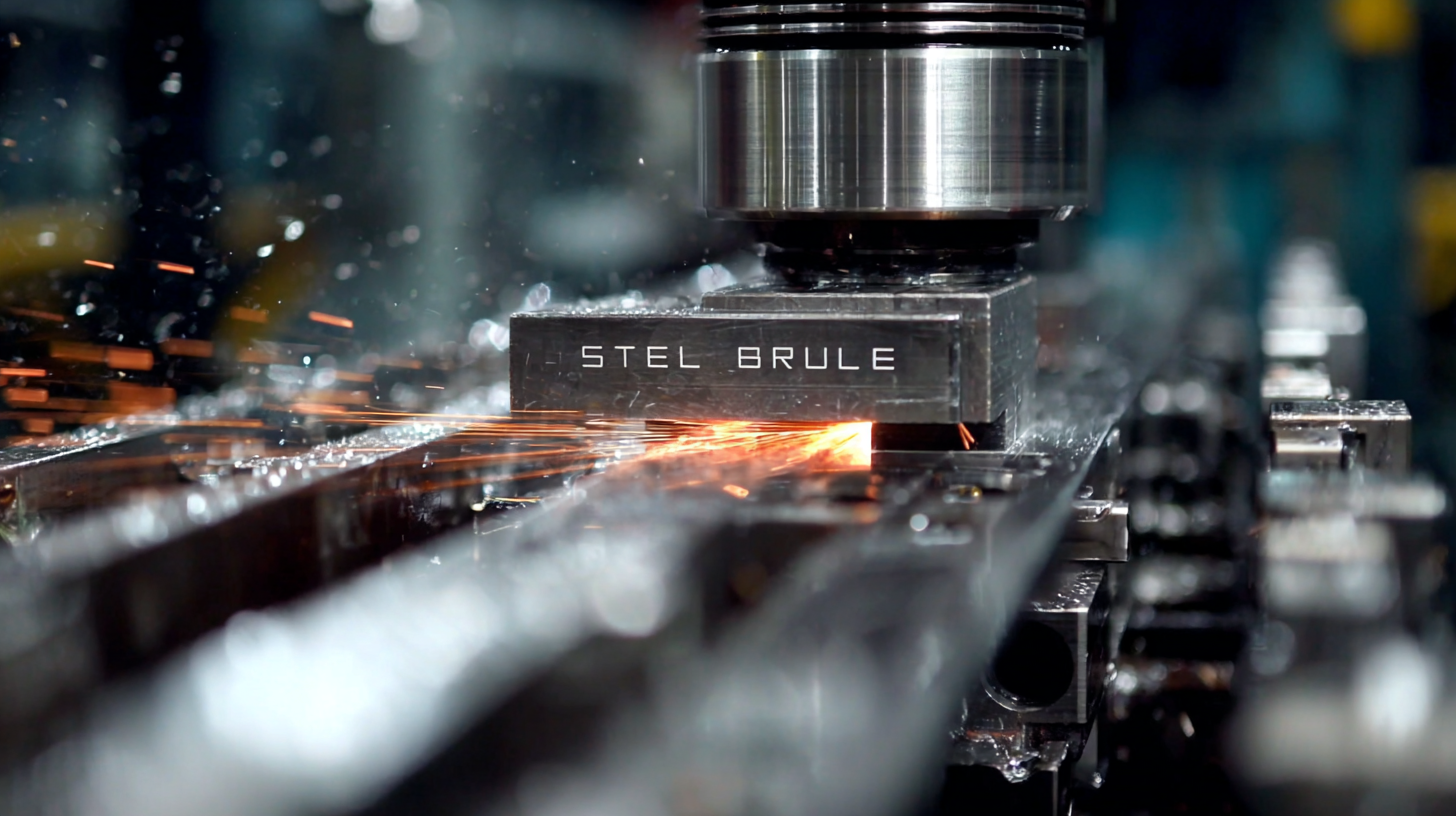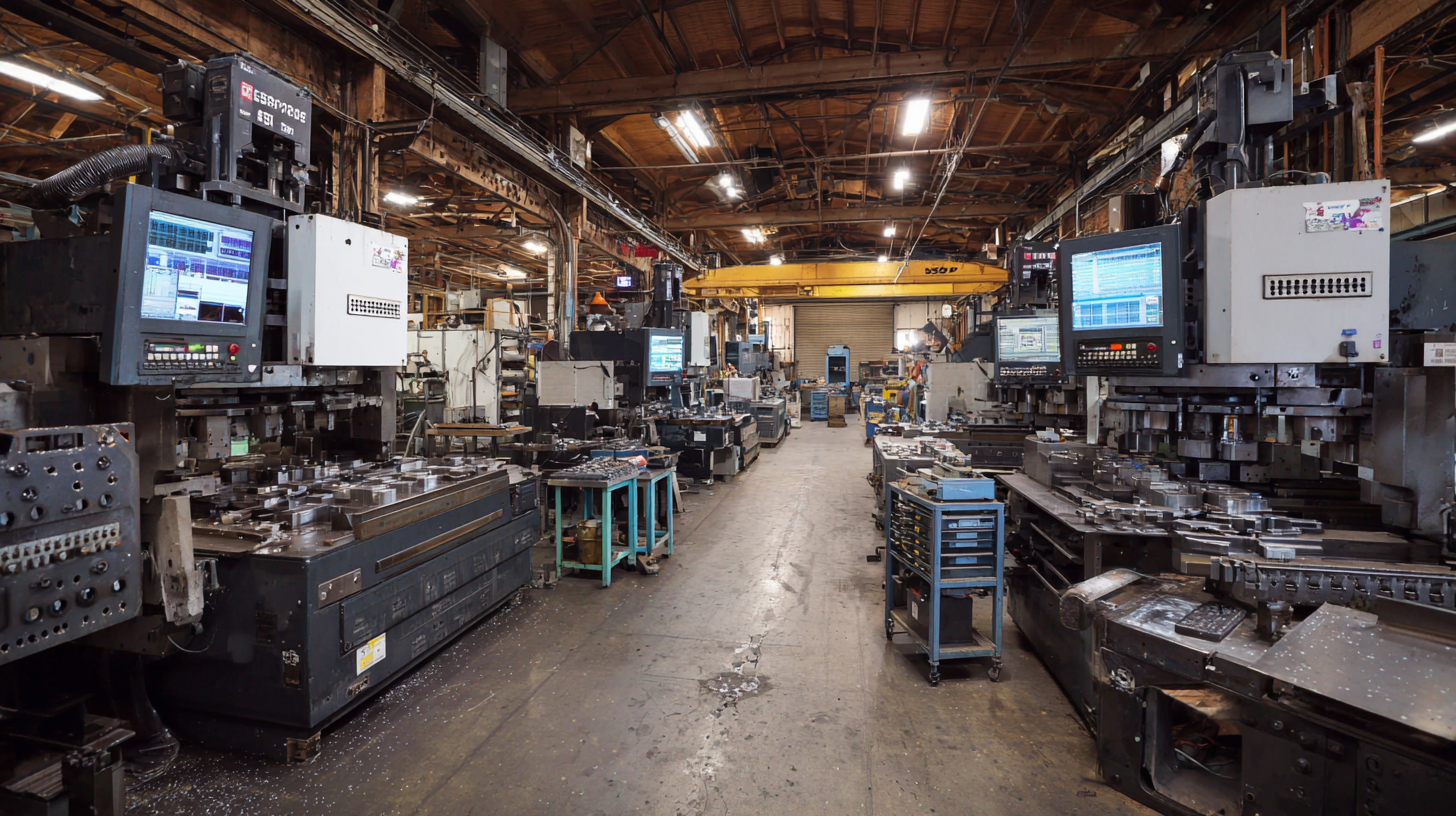


As the metal fabrication industry continues to evolve, the integration of advanced technologies and innovative practices is becoming increasingly crucial. The rise of Steel Rule Dies Making Auto Bender is transforming how manufacturers approach production efficiency and precision. According to a recent market analysis report by Mordor Intelligence, the global metal fabrication market is projected to grow at a CAGR of 3.7%, reaching $19.19 billion by 2025. This growth is spurred by the increasing demand for precision-engineered components and the need for compliance with stringent import and export certifications. With the anticipated trends for 2025, including automation and enhanced design capabilities in steel rule dies, businesses are positioned to vastly improve operational efficiencies and reduce costs. This blog will explore these pivotal trends and provide a comprehensive tutorial on navigating the complexities of metal fabrication through the lens of steel rule dies and auto benders, ensuring industry professionals remain competitive in a rapidly changing landscape.

The landscape of metal fabrication is poised for transformation as 2025 ushers in innovative trends in steel rule dies. These advancements are not merely incremental improvements; they represent a significant leap forward in performance efficiency, precision, and sustainability. One of the standout features of the new steel rule dies is their enhanced durability, achieved through advanced materials and manufacturing techniques. This translates to longer tool life, reduced downtime, and lower operational costs, empowering manufacturers to meet increasing production demands without sacrificing quality.
Incorporating advanced digital technologies into the design and production of steel rule dies is another pivotal trend. The integration of CAD/CAM tools allows for more complex and precise die geometries, facilitating intricate cutting and bending processes. Additionally, the advent of smart manufacturing approaches, such as IoT (Internet of Things) connectivity, enables real-time monitoring and data collection during die operation. This can significantly reduce errors and optimize performance, driving efficiency in the fabrication process. As these innovations continue to evolve, they promise to redefine the capabilities of steel rule dies, setting a new standard for the metal fabrication industry.
Automated benders are at the forefront of transforming efficiency in metal fabrication, revolutionizing traditional processes in significant ways. With advancements in automation, such as fully automated bending cells equipped with tube magazines and weld seam detection, fabrication shops are able to streamline operations. This not only enhances productivity but also reduces manual labor, allowing skilled workers to focus on research and development rather than repetitive tasks.

The integration of panel benders further amplifies this efficiency by simplifying the bending process for materials up to 1/8 inch thick. These machines are designed to ease the physical strain on operators while improving precision in bending operations. As metal fabricators grapple with labor shortages, automating processes like bending has become essential. The bending machine market is expected to grow substantially in the coming years, driven by the increasing demand for automated solutions that address both efficiency and sustainability challenges in the industry.
Integrating smart technologies in steel rule die production marks a significant shift in the metal fabrication industry, enhancing both efficiency and precision. According to recent industry reports, the integration of IoT (Internet of Things) devices in manufacturing processes can lead to a productivity increase of 20-30%. Smart technologies not only facilitate real-time monitoring of production but also enable predictive maintenance, reducing downtime and operational costs significantly.

Moreover, advanced automation systems are revolutionizing the way steel rule dies are fabricated. A 2023 analysis revealed that automation in manufacturing processes can reduce production times by up to 40%. This increased efficiency is crucial as the demand for custom steel rule dies grows, driven by industries ranging from packaging to automotive manufacturing.
As these smart technologies evolve, they are poised to set new standards for quality and consistency, thereby reshaping the future landscape of metal fabrication. Embracing these innovations will empower manufacturers to meet the evolving needs of their customers, ultimately leading to a more resilient and responsive supply chain.
As we approach 2025, the emphasis on sustainability in metal fabrication is becoming increasingly prominent. The latest trends highlight innovations in materials and processes aimed at reducing the environmental impact of metal production. For instance, advancements in low-carbon steel and the rising popularity of eco-friendly manufacturing practices are transforming the construction industry. These developments not only cater to growing consumer demand for sustainable building solutions but also align with global efforts to achieve carbon neutrality.
In regions like North-East India, material innovations are enhancing the affordability and durability of traditional architecture while promoting eco-friendly practices. Similarly, the global recycled metal market is poised for significant growth, fueled by the need for greener manufacturing and sustainable practices. This trend is echoed in the mining and metals sector, where companies are adapting to meet the increasing demand for sustainable materials. Overall, the integration of sustainability into metal fabrication processes is a crucial step toward a greener future, paving the way for smarter, more responsible manufacturing approaches.
| Trend | Description | Sustainability Impact | Projected Adoption in 2025 |
|---|---|---|---|
| Advanced Steel Rule Dies | Utilization of CAD technology for precision and design flexibility. | Reduces material waste through efficient design. | 70% |
| Automated Bending Machines | Integration of AI to optimize bending processes. | Minimizes energy consumption during production. | 65% |
| Eco-Friendly Materials | Use of recycled steel and other sustainable materials. | Decreases carbon footprint in manufacturing. | 80% |
| Smart Fabrication Technologies | IoT-enabled devices for real-time monitoring and management. | Enhances operational efficiency and resource management. | 75% |
| Modular Design Techniques | Focus on designing modular components for easy assembly. | Reduces manufacturing time and waste. | 60% |
In the rapidly evolving landscape of metal fabrication, the significance of precision in cutting techniques has never been more pronounced. As highlighted in a recent industry report by the Fabricators & Manufacturers Association (FMA), modern auto benders are increasingly leveraging advanced cutting technologies to enhance throughput and reduce waste. With a projected growth rate of 5.6% annually in the metal fabrication sector leading up to 2025, companies are compelled to innovate, particularly in the application of steel rule dies and automated bending processes.
The integration of laser and plasma cutting systems has transformed how manufacturers approach fabrication. According to a market analysis by Grand View Research, the demand for automated bending machinery is expected to reach a valuation of $900 million by 2025. These systems not only provide higher accuracy compared to traditional methods but also allow for intricate designs that were once deemed impractical. By employing such sophisticated cutting techniques, fabricators can achieve tighter tolerances and improve overall product quality, aligning with the industry's push towards efficiency and sustainability.
Furthermore, modern auto benders equipped with smart technology offer real-time data analytics and adjustments during the bending process, leading to a significant reduction in errors. As reported by the International Manufacturing Technology Show (IMTS), manufacturers that adopt these innovations can expect a decrease in production costs by up to 15%. This is a testament to how maximizing precision through cutting techniques in auto benders is pivotal for manufacturers aiming to stay competitive in a continually evolving market.